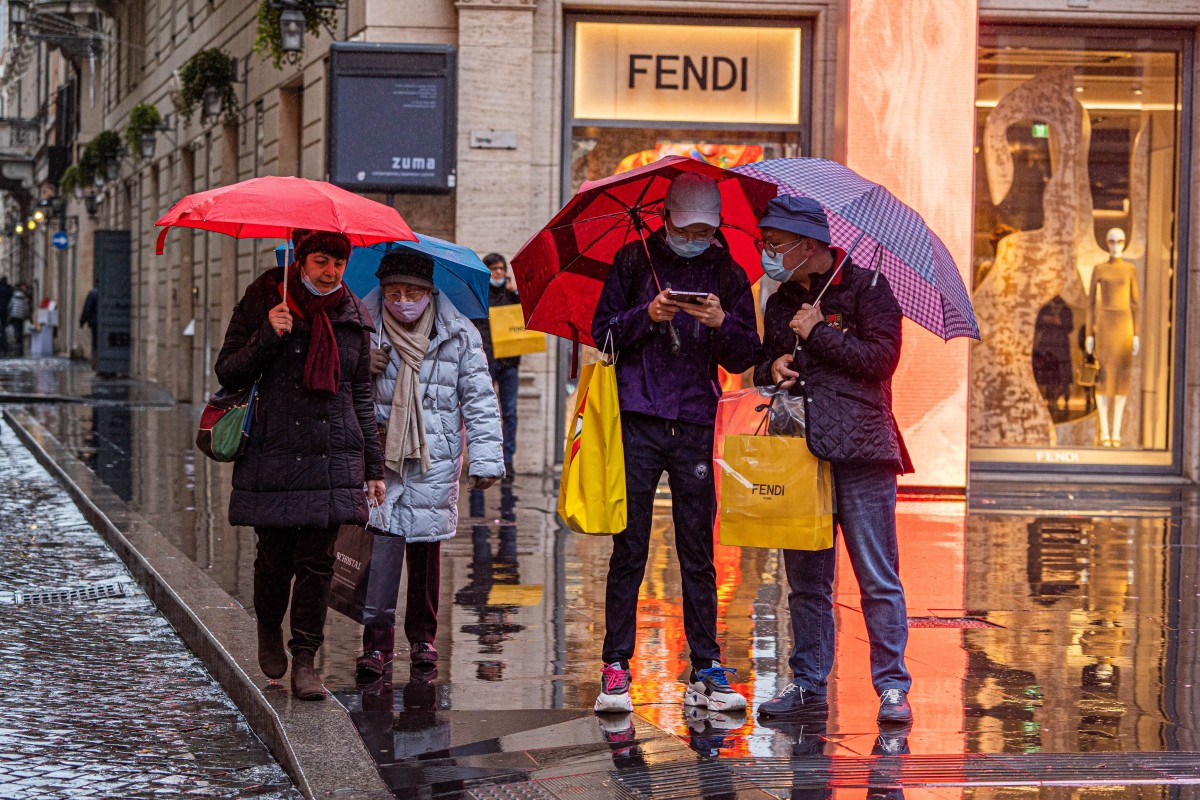Italian CPI Inflation Ticks Up Again In December
Energy prices were the undisputed inflation driver over 2021 and the lagged effects of these mean we shouldn't expect to see a deceleration in headline inflation before the second quarter of this year.

Christmas shoppers in Rome
Highest headline reading since August 2008
The inflationary wave continued unabated in December in Italy. According to Istat preliminary data, the headline measure edged up to 3.9% YoY (from 3.7% in November), the highest level since August 2008. Core inflation, net of the volatile energy and fresh food components, increased to 1.5% (from 1.3% in November). After an average 0.2% contraction in 2020, in 2021 average inflation posted a 1.9% yearly increase, the highest since 2012 when it had reached 3%.
The energy component was the key driver in 2021
For a change, the monthly acceleration was not driven by energy price but by an acceleration in the cost of food. durable goods and in leisure and recreation services. Still, looking at the big picture of average 2021 inflation, the energy component (up 14.1% YoY) has been the undisputed driver of the headline number. Netting it out, average inflation would have been 0.7%, as in 2020.
Still in the soft-transitory camp, but most extraordinary factors are still in play
The key question is now how transitory will inflation prove to be? Factors that had jointly contributed to the 2021 acceleration will likely remain in place over the first part of 2022, be that the input price impact of supply-side disruptions or the lagged effect of energy commodity prices on domestic regulated energy prices. We will likely have the first bit of evidence in the January inflation reading, which will incorporate the impact of recent gas price increases on regulated energy prices. As 21% of Italian electricity is generated by burning gas, the issue has become politically relevant, prompting the Italian government to intervene by temporarily trimming the tax component of energy bills and providing direct financial support to economically disadvantaged households. Notwithstanding these measures, the ARERA authority recently announced that starting 1 January 2022 (and over the first quarter) gas and electricity bills for the standard household will increase by 41.8% and 55% over the previous quarter.
Substantial deceleration unlikely before 2Q22
To give some perspective, it seems likely that a substantial deceleration of headline inflation will unlikely materialize before 2Q22 and, even then, the decline might be slowed by the partial pass-through of PPI pressures accumulating in manufactured goods, now at a multi-decade high. Against this inflationary backdrop, wage dynamics stands out as a notable exception. In November, wage inflation was stuck at 0.6%, the same level as the beginning of 2021. We continue to believe that the persisting slack in the labor market will continue to prevent long-lasting and widespread second-round effects. Efforts to increase the abnormally low Italian female participation rate, foreseen as part of the national recovery plan, should also act in this direction, privileging employment over wage levels.
Disclaimer: This publication has been prepared by ING solely for information purposes irrespective of a particular user's means, financial situation or investment objectives. The information ...
more


